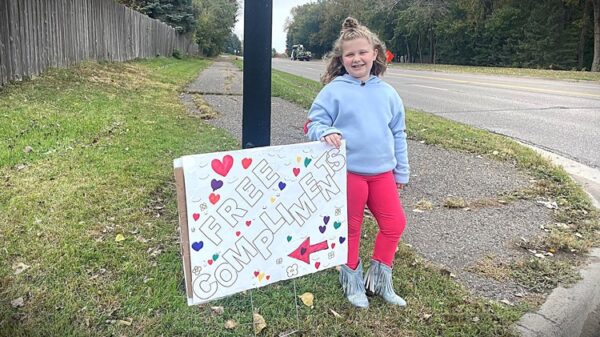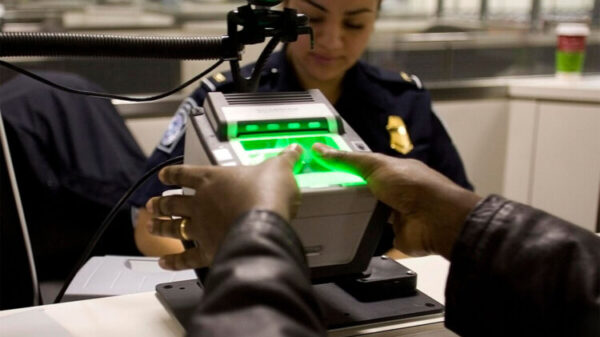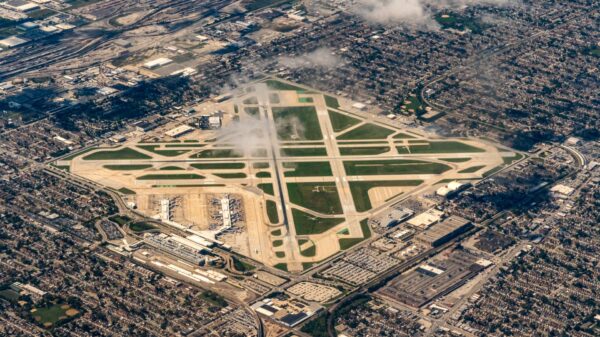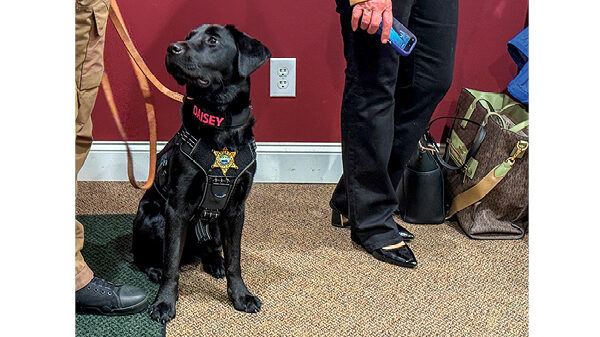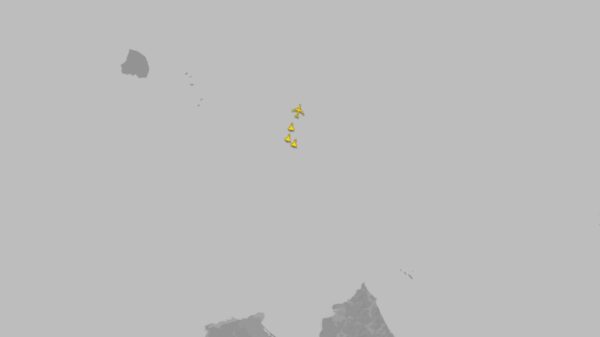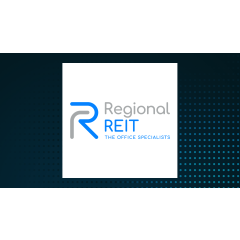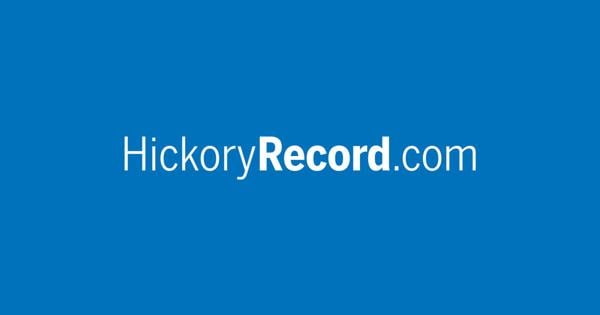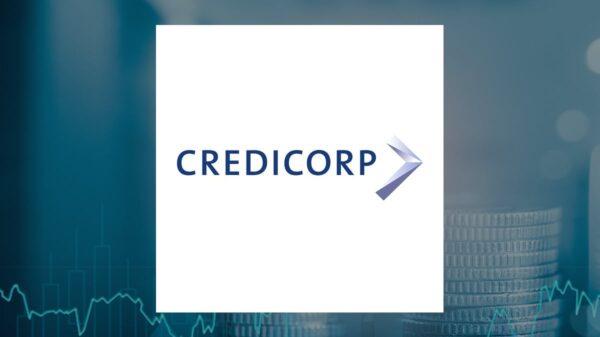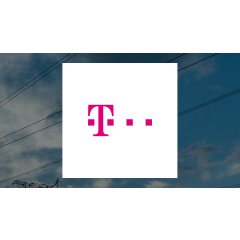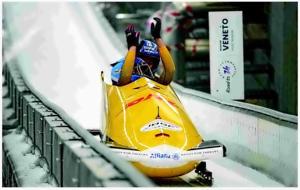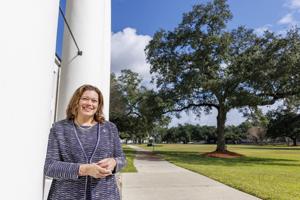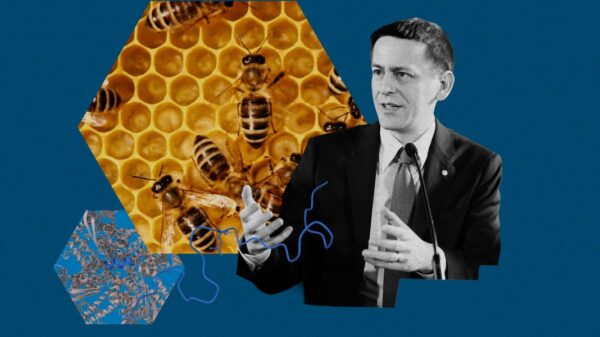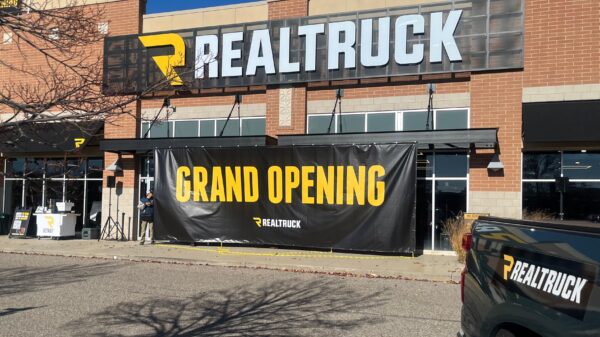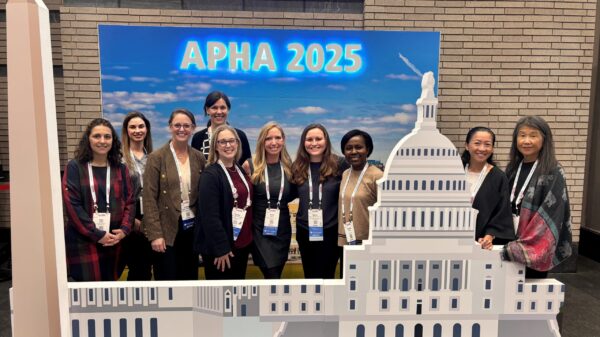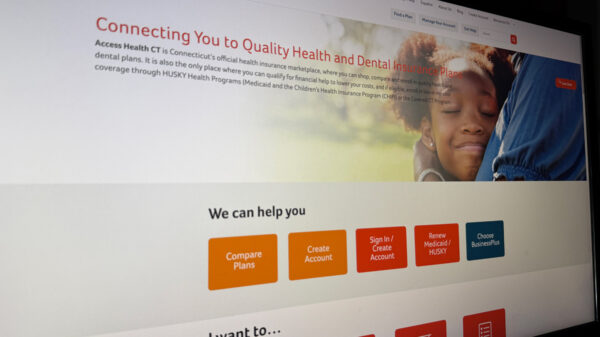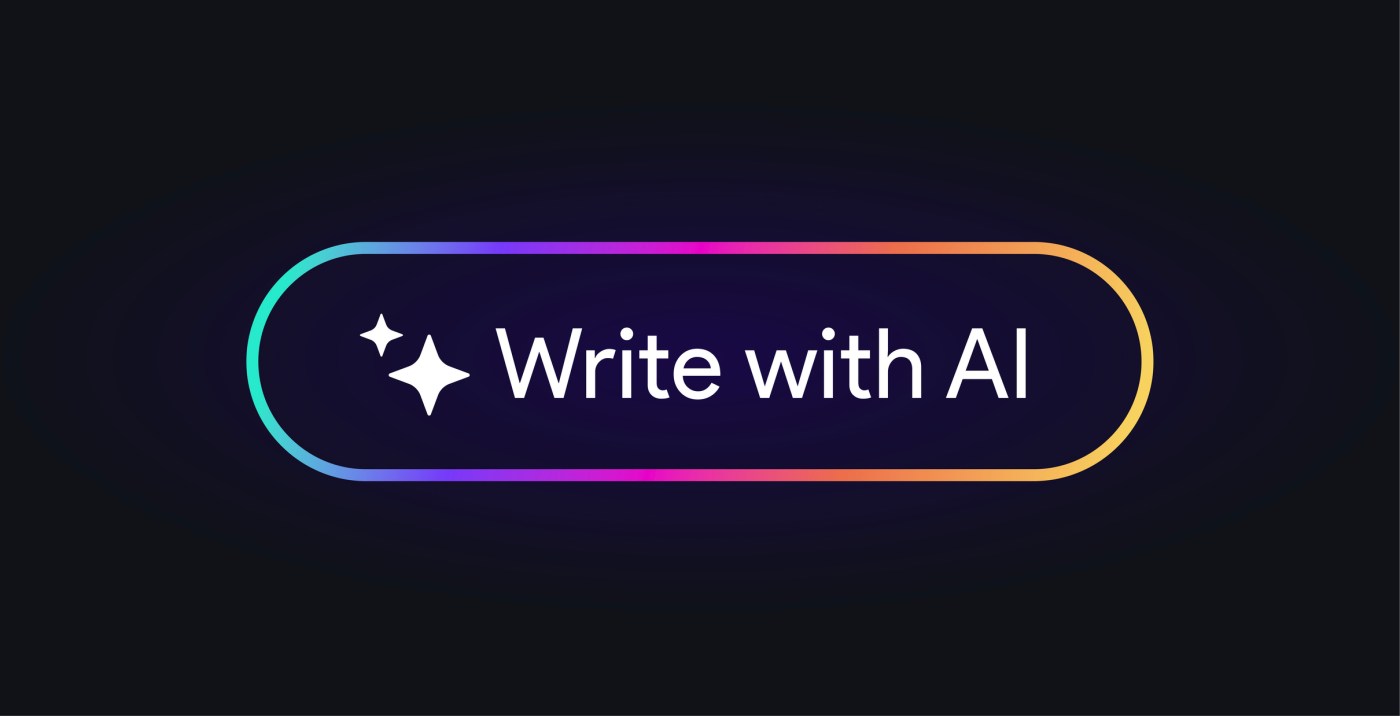A high school teacher in St. Louis, Adam Patric Miller, expresses deep concern over the impact of artificial intelligence on student writing and the broader implications for American education. In a recent reflection, he describes an unsettling experience when a student submitted an essay that raised questions about authenticity and originality.
The student, whose passion for literature is evident through her choice to bring Crime and Punishment to class, presented an essay that, according to the AI detection tool, was 89% likely to have been generated by an artificial intelligence program. Despite her insistence that she wrote the piece, Miller found himself grappling with the implications of AI on educational integrity. He notes that the machine’s assessment indicated a 100% likelihood of AI authorship when he checked additional paragraphs.
Miller’s experience exemplifies a growing trend among educators across the United States. Many teachers are encountering essays that appear disconnected from the prompts they assign, often featuring language and structure that surpass typical high school writing standards. As AI tools become more sophisticated, the challenge of discerning genuine student work from machine-generated content intensifies.
Reflecting on the educational landscape, Miller recalls his time teaching in Bridgeport, Connecticut, where he witnessed students with immense potential in a struggling school system. In 1995, he encountered a student who profoundly stated that “American education is dead.” This sentiment resonates with Miller as he observes the disparities in educational resources between urban and suburban schools.
The stark contrast between affluent suburban schools and underfunded urban institutions highlights systemic issues within the American education system. Miller emphasizes the need for teachers who are dedicated to their students, despite the obstacles posed by societal inequities. He believes that even in a system that often perpetuates privilege, the care and labor of educators can still make a difference.
Miller’s reflections reveal a complex relationship between education, technology, and societal challenges. He acknowledges the frustrations that come with using AI detection tools, which can yield false positives, further complicating the trust between educators and students. The emergence of AI in academic settings raises fundamental questions about learning, creativity, and the role of technology in shaping future generations.
As Miller prepares to engage with his student again, he remains hopeful. He plans to provide constructive feedback on her essay, believing that the potential for growth and learning still exists, even amid the challenges presented by AI. His commitment to nurturing student potential reflects the resilience of educators who continue to strive for meaningful connections in an evolving educational landscape.
In a world where technology increasingly mediates human interaction, Miller’s experiences serve as a poignant reminder of the importance of trust, mentorship, and the enduring impact of dedicated teaching. With 25 years in the profession, he recognizes the significance of understanding students’ backgrounds and aspirations, as these elements are crucial to fostering an enriching educational experience.






